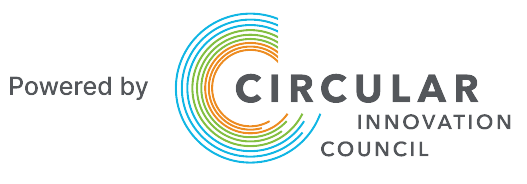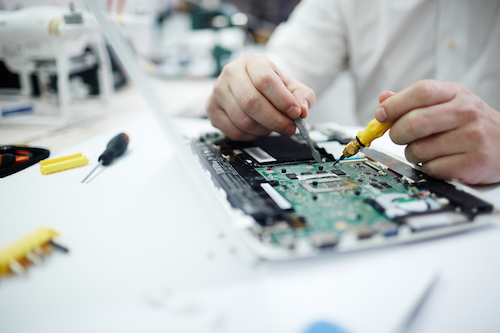We want a world where there is less – or ideally, no – waste. In this more ‘circular’ world, we take, make and recreate in continuous loops, preventing waste from ever entering landfills or polluting our environment.
That approach can be a critical cog in tackling climate change, as a transition to renewable energy will only get us so far. If the world does not respond to the need for circularity then the resources needed for new products will not be as available as they currently are now.
Over the past few years, however, the world has become less circular, as repeatedly stressed in the annual Circularity Gap Report. By not maximizing circularity, we are not maximizing the tools at our disposal to protect our resources and work toward decarbonisation.
Applying circular strategies to the manufacturing of electronics is part of a much larger shift that needs to happen across industries. While using recycled content is never straightforward, understanding the challenges in a field as complicated as electronics is the first step on the path to a more circular future.
What holds back a circular economy for electronics?
With some materials and some products, the use of recycled content is straightforward. For example, people understand that when you toss a water bottle into a recycling bin, at some point it comes back as a new water bottle or something else made with the plastic. Using recycled content is not that simple with electronics products, due to the following factors:
Complexity of materials. According to “A New Circular Vision for Electronics” from the World Economic Forum and UN E-waste Coalition, e-waste represents 2% of solid waste streams, but makes up 70% of the hazardous waste that ends up in landfill as these safe combinations for end use in products break down. There are a surprising number of elements from the periodic table that feature in electronics. Up to 60 elements from the periodic table can be found in complex electronics. All this complexity can make working with recycled-content materials tricky.
Finding sources. For materials like steel and machined aluminium, it can be more challenging today to close the loop and convert e-waste materials back into usable supplies for new components for electronics. In these cases, there is a need to look at other recyclables and waste materials from other industries, called industrial symbiosis. For instance, in some of our laptops today, we have used scrap carbon fiber from the aerospace industry to create carbon fiber-reinforced polycarbonate bases. We reclaim their scrap, chop it up and mix it with the plastic resin.
Supply chains. Existing global supply chains are predominantly linear – set up to move materials through manufacturing and then distribute the electronics to customers around the world. This means it’s challenging to intercept and integrate recycled content into the process. Global supply chains need to be reconfigured for ability to move products and materials to enable circularity for repair, reuse, recycling and manufacturing.
Perception. The perception challenge with consumers is real. Consumers are far more aware of the environmental impact of the products they purchase and look to make sustainable choices, but there is still the misconception that use of recycled and/or sustainable materials in new products means they are of lower quality.
…
As an industry, we also need to drive demand for circular products and services to stimulate circular procurement of electronics at global scale. And in order to recycle and reuse electronic waste, we need to have a consistent and robust supply of out-of-use materials and a way of aggregating this waste for reuse and recycling. Where we can’t close the loop within our own electronic waste streams, we need to find, define and scale secondary waste materials from other industries. Only by joining forces can the electronics industry accelerate the transition to a truly circular economy.
…
Looking ahead
It’s not enough to ‘do less harm.’ For a more sustainable world, the technology sector must rethink its business models, shift away from linear sales and toward as-a-service models that better enable the recirculation of materials and the extension of lifespans.
We have focused on sustainability for decades and have developed a deep understanding of our responsibility and the role we need to play in protecting our planet. This allows us to drive innovation and new ways of manufacturing, creating products and bringing out-of-use products back into our supply chain to accelerate the circular economy, making a measurable, scalable, positive impact.
With these mindsets in place across the sector, IT can be an enabler for the broader circular economy. From collecting and analysing trusted data in real-time using edge computing and 5G wireless technologies, to redesigning global supply chains to create greater efficiencies and less waste, technology has the power to reshape the world.
The circular economy is a journey, not a destination, but every step from every stakeholder will be critical.

